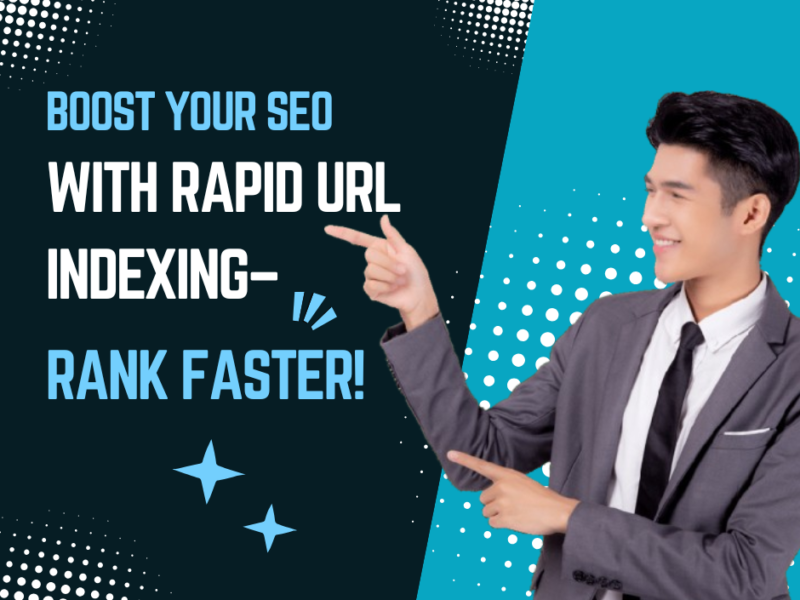
Days
Hours
Minutes
Seconds
Your Deal is Expired
|
|

Edit Content

As a leading online marketing company, always focuses on changing and improving businesses and their outcome.
Where to find us
- SN-3, First floor, ratauli road, near Town park, Bank Colony
- herry@hanuitsolutions.com
- +917082069620
Working Hours
- Mon-Sat : 9:00am - 6:00pm
- Sunday - Closed
Get In Touch
Facebook-square
Instagram
Linkedin

Top Website Design & Development Services for Modern Businesses
In today’s fast-paced digital world,...

What Are the Best Web Design Services for Small Businesses in March 2025?
In today’s fast-paced digital...

Best Dental Clinic Website Builder – Create Professional Dental Websites with HanuiT Solutions
In today’s...

What Are the Latest Website Design Trends for Construction Companies in 2025?
In today’s fast-paced digital...

How to Build a Pest Control Website That Attracts More Customers?
In today’s digital age, having a professional...

What Are the Best Minimalist Web Design Ideas for a Sleek Look?
Minimalist web design has gained popularity...

What Are the Essential Web Development Techniques for Faster Websites?
In the fast-paced digital world,...

Web Development 101: How to Build a High-Performing Website
In today’s digital world, having a well-designed...
No posts found

